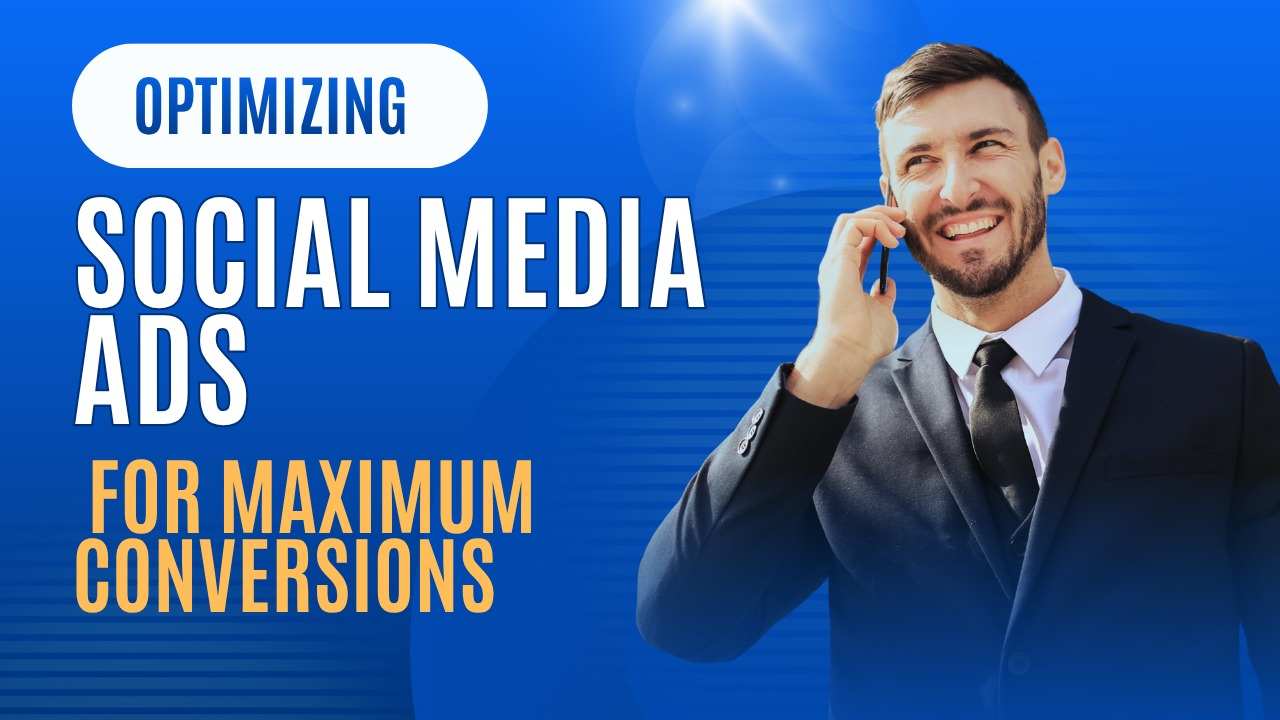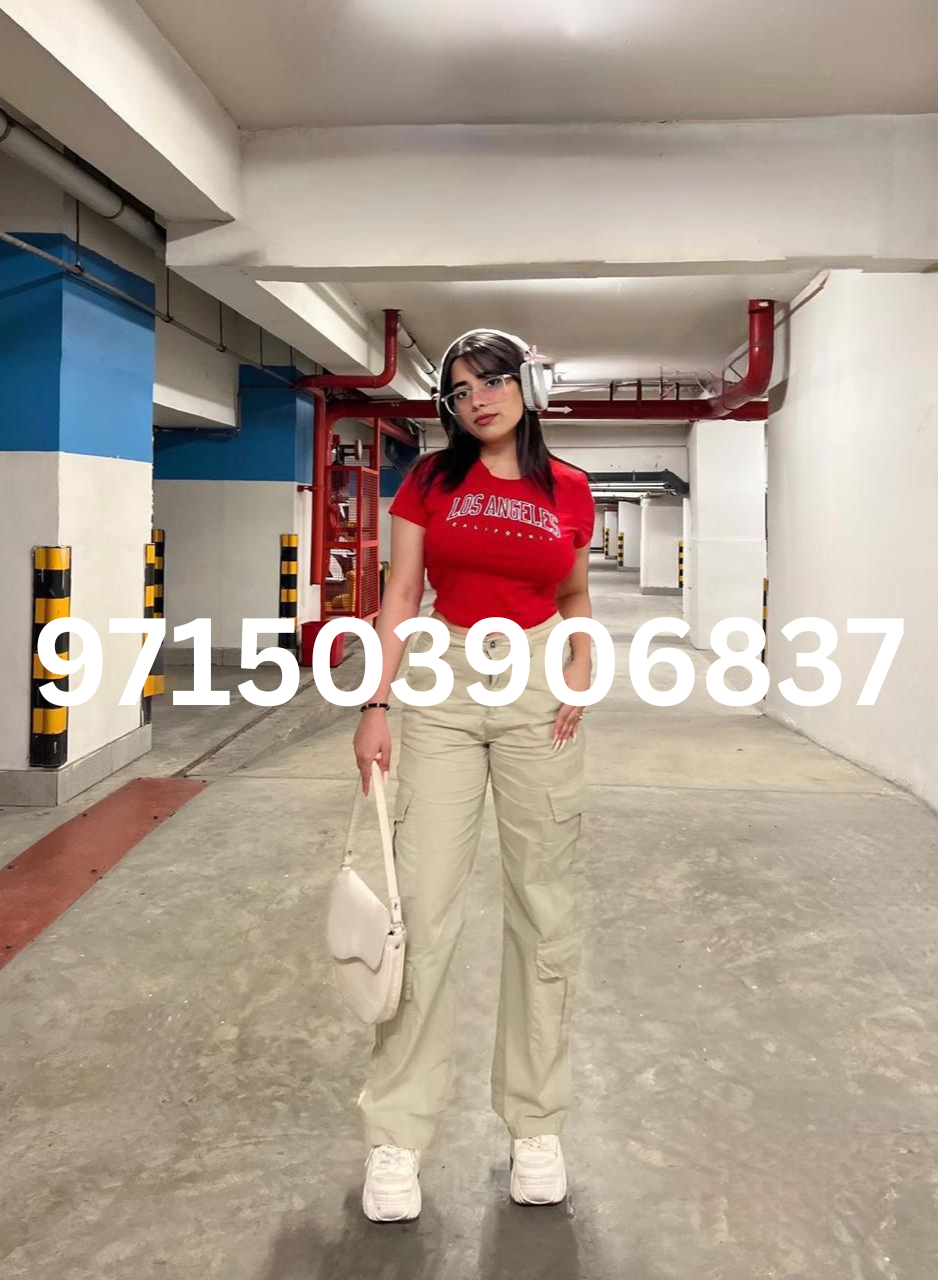Optimizing Social Media Ads for Maximum Conversions

Growth depends a lot on social media. Social media has become the best tool for making exchange better. Facebook, Instagram, TikTok, LinkedIn, and X (Twitter) have millions of active users every day, which gives brands the chance to reach their target audience. But in the end, just taking notes while running isn't enough; real success comes when those notes are put to use. People don't just watch as things change; they take action.
Contents of the table
- Key Points
- Define Clear Goals
- Target the Right People
- Make Creatives That Are Interesting
- Design that is easy to understand and use
- Call to Action
- Fast stacking and flexible responsiveness
- Add Believe Elements
- Campaigns for retargeting
- Conclusion and Questions
Important Points:
- Strong visuals and powerful duplicate progress both engagement and conversions
Smartly dividing up the budget and making methodical moves will increase the ROI. - To be successful, you need to keep track of how things are going and look at the numbers.
Changing your methods based on campaign data and analytics will get you the most conversions.
Define Clear Goals
The most important thing to do when starting to promote on social media is to make sure you know what you want to say. If you don't know what you want your ad to do, it can be hard to optimize it. You might want to raise brand awareness, get more people to visit your site, get more leads, or get more people to buy from you. In Facebook Advertisements Director or TikTok Advertisements, for example, you can choose between conversions and activity for each stage's claim advertisement objective. Once the goal is clear, you can plan how to focus on ad duplicates and creatives in the same way. Clear goals help you make decisions about how to improve things.
Get the Right People
If your ad doesn't reach the right group of people, even the best invention won't make a difference. A group of people is paying attention to the middle part of optimizing social media ads. The target audience should be able to understand it based on their age, location, interface, and online behavior. Facebook and Instagram are examples of platforms that let you focus on alternatives based on things like what people do in their free time, what they like to do, and even what happens in their lives. You can send ads to people who are similar to your loyal customers by making custom groups of people and copying those groups. Contracts that make sure you don't waste your money and ads that reach people who are most likely to buy.
Make Creatives That Are Interesting
Your ad stands out because social media users see thousands of ads every day. A good, creative ad should grab people's attention and make the message clear. An ad's heart and soul are its high-quality images, catchy features, and lock-in copywriting. If it's an advertisement for a product, show it in action. If it's an advertisement for a benefit, show the benefit or result. Recordings should be short and tell a story so that clients don't skip them. You can use A/B testing to see which creative gets more clicks and changes. Creativity and clarity are both very important. The client quickly understands what the ad is about and what to do next.
A design that is easy to understand and use.
The landing page plan should be easy to understand so that visitors don't get confused and know right away what they need to do. The content and format should be interesting to look at, and important information should be highlighted to grab visitors' attention. Use headings and subheadings on purpose to make the page look clear and organized. Plan parts that improve the client experience are important for making big changes happen.
The content of the Call-to-Action button should be clear and appealing so that visitors know what they will get. Putting CTAs in important parts of the page on purpose increases conversion rates. These action-driven prompts give guests more power and make it easier to make decisions.
Quick stacking and flexible responsiveness
The landing page should load quickly because slow pages make visitors lose interest right away. To make sure that everything works smoothly and reliably on every device, portable responsiveness is a must. A responsive plan lowers the bounce rate and helps guests find their activity more easily. Optimizations like compressed images and clean code that are specific to your business can help both general customer engagement and conversions.
Add Believe Elements
Adding client logos, testimonials, and client audits to landing pages makes people more likely to believe and less likely to leave. Security IDs, guarantees, and discount plans make things more valid and certain. Real-life examples and case studies show guests that your product or service is trustworthy. Using belief elements on purpose makes a big difference in the chances of change and keeps guests more interested.
Campaigns for retargeting
Ponders says that retargeted ads get 70% more conversions than regular ads because they reach people who are already very interested. Facebook Pixel and Google Tag Director are two tools that can help you make groups of people who have already seen your ads. You can get these customers to come back by sending them special deals or updates. "Still thinking about it?" These days, you can get 10% off! Put a lot of emphasis on the visuals and copy the retargeting ads so they seem personalized and not generic. This method increases ROI and lowers the costs of keeping clients in the long term.
In conclusion
Optimizing social media ads is both an art and a science. And a science one that needs to find the right balance between being creative and analyzing data. Running ads isn't enough; each campaign needs a clear goal, a specific focus, a lock-in substance, and a customer journey that has been optimized. When brands get their ads in front of their target audience and make them personal, they usually see more changes. You can get a good return on your investment by using your advertising budget wisely through retargeting, testing, and normal optimization. The goal of successful ad optimization isn't to get more clicks or impressions, but to get people to engage with your ads in the real world. Action and changes. Brands that consistently use this method stand out in the crowded world of social media because it takes work to get noticed.
Questions and Answers
What will I get from your service that helps me make my social media ads better?
You'll get step-by-step instructions on how to run your ads and make the biggest changes, like focusing on, copying, and improving visuals.
Do you make sure that your ads work well on each social media site?
Of course! I give optimized tips for Facebook, Instagram, TikTok, LinkedIn, and X (Twitter).
Do you help with advertising, especially when it comes to choosing people?
Of course. I'll show you how to find the right group of people to watch, make copies of those groups, and choose the best ways to focus.
Do you give advice to people who write ads and creative work?
Yes! We give examples and formats for good ad copies and images that get more people to interact with them and change their minds.
Do you help people with change management and coming up with new ideas?
Of course! I'll show you how to keep track of changes, measure KPIs, and get the most out of your investment by making decisions based on data.
Will these methods also work for brands that aren't very well known or aren't used much?
Yes! My tips for optimizing work for businesses of all sizes, from new ones to ones that have been around for a while.
Do you check on and move forward with your current ad campaigns?
Yes! I will look at your current campaigns, point out their flaws, and suggest ways to make them better.
Do you offer ongoing support and advice?
Yes, of course! If you'd like, I can also keep giving you advice and meeting with you to make sure your campaigns get much better results.



